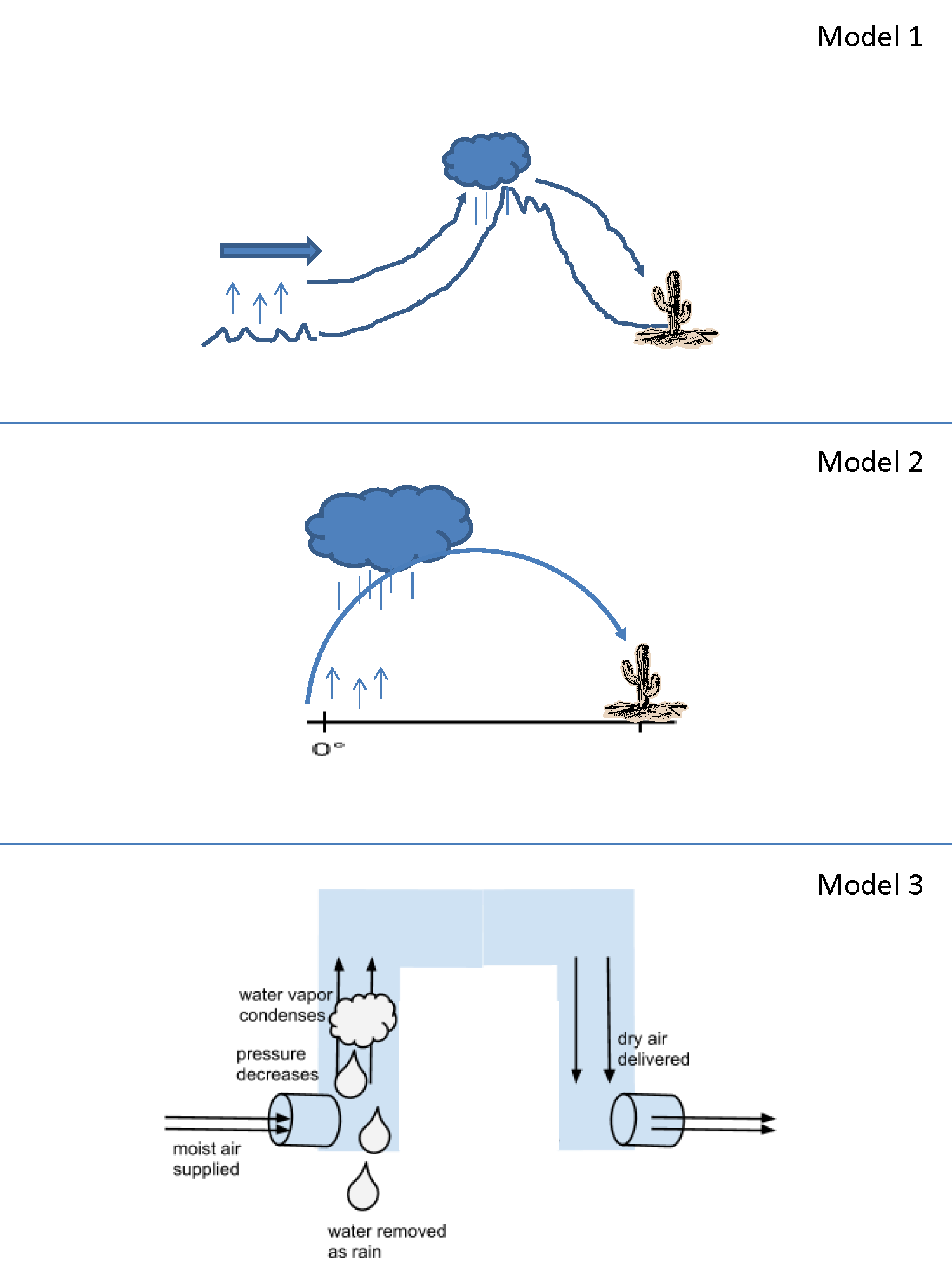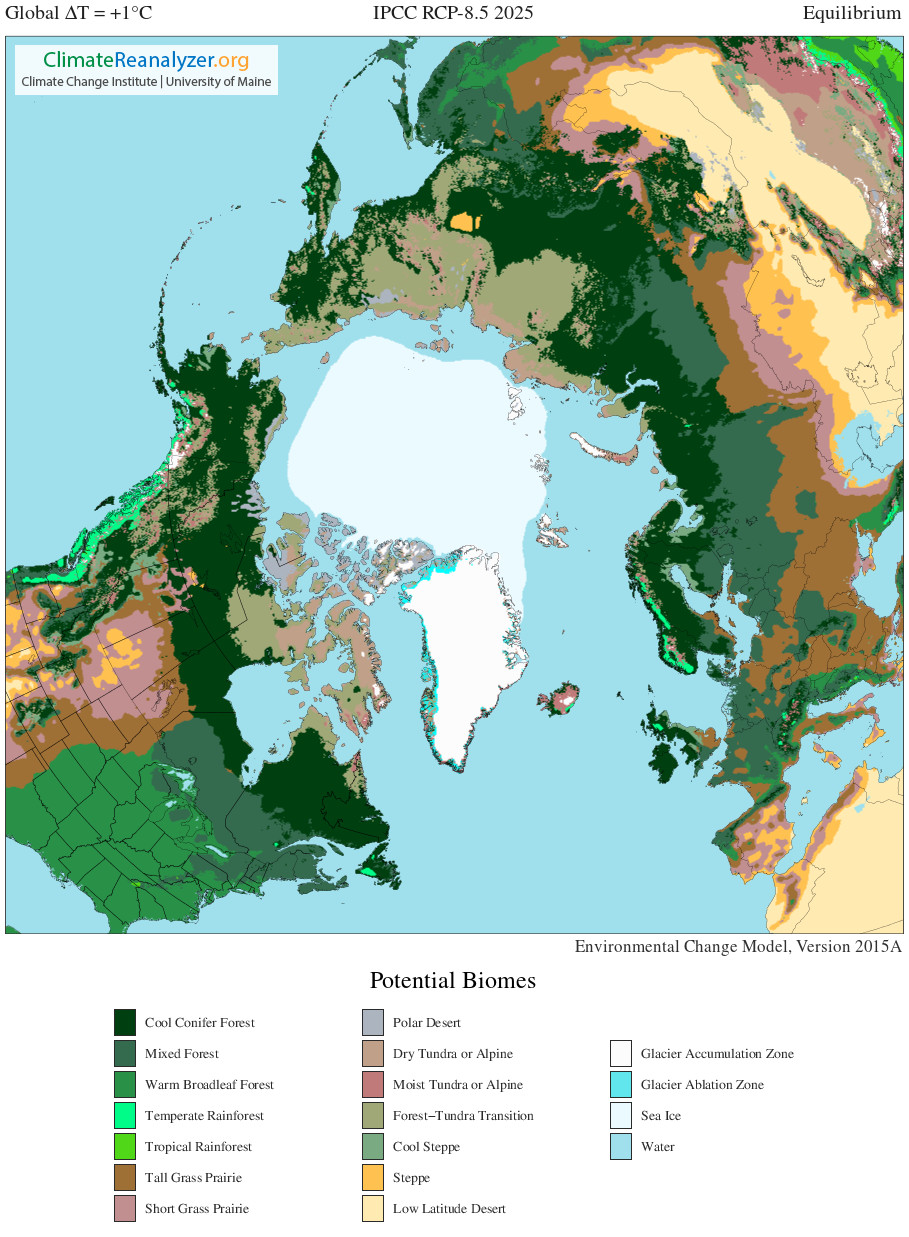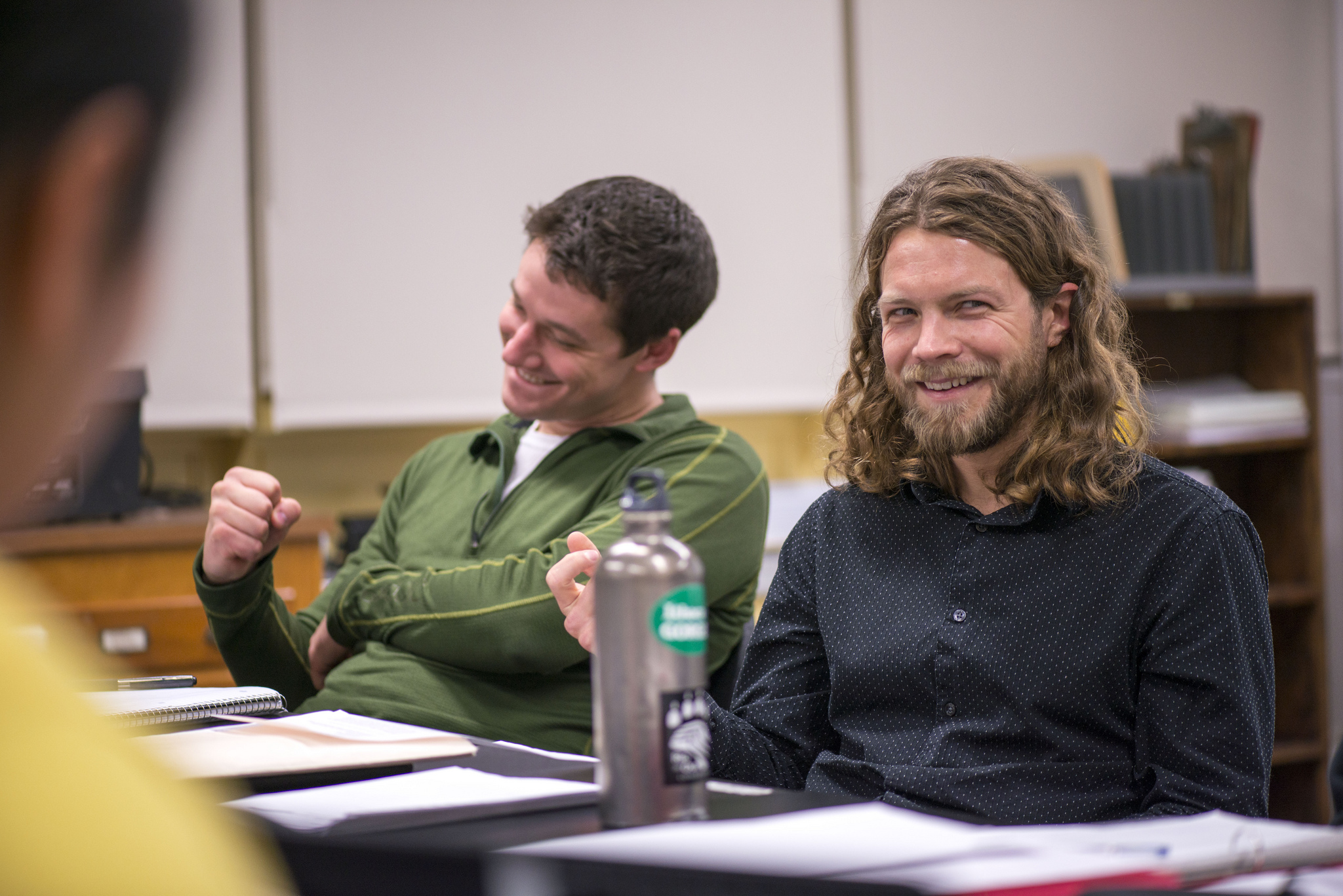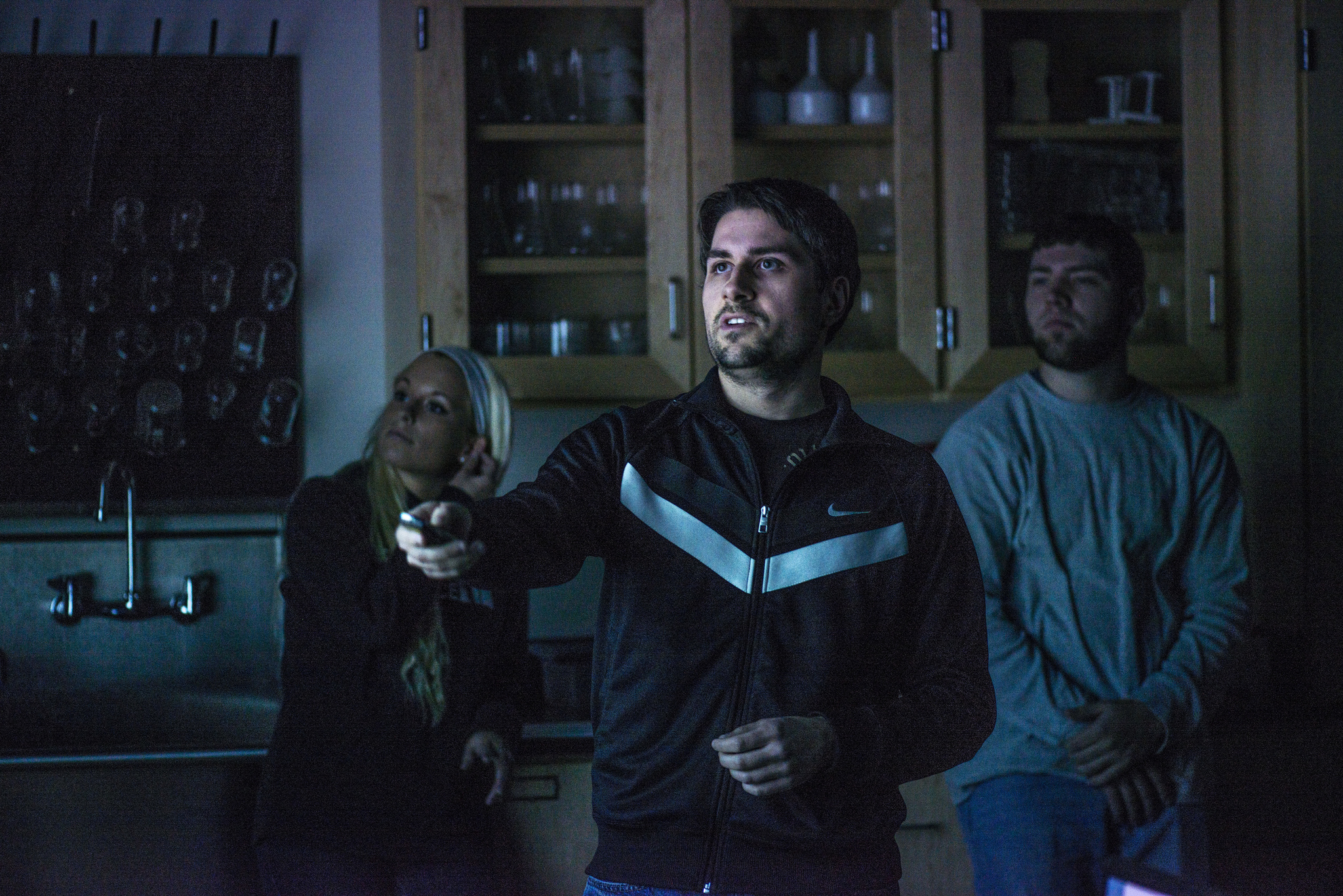Teaching Science in Secondary School
Professor Jonathan Shemwell and Professor Daniel Capps
Teaching Science in the Secondary School focuses on instructional strategies and general approaches to teaching science in grades 7-12. Students in the course develop a theoretical framework for effective science teaching and learn how to translate this framework into instructional decisions for the secondary school students that they will be teaching. Students in the course learn to:
- Apply major pedagogical ideas for science teaching and learning
- Demonstrate knowledge of the central concepts, tools of inquiry, and structures of the disciplines taught
- Draw on educational research and scholarship
The goal of the NOYCE course enhancement was to improve our teaching of modeling as a pedagogical approach to science instruction. As part of the enhancement, preservice teachers utilized the Climate Reanalyzer, a modeling tool developed by Assistant Professor Sean Birkel, of the University of Maine Climate Change Institute. We introduced them to a way of modeling based on a second innovation, developed within our own research, called model synthesis. Synthesis helps learners understand how models are distinct from other forms of scientific representations. It also introduces them to important qualities of models that make them useful as scientific representations. As part of the course enhancement, we assessed our students’ learning of these ideas with pre- and posttests, sharing the results with other instructors in the Noyce community. This work formed part of the basis for a journal article.
Example of Model Synthesis

Climate Reanalyzer Environmental Change Model

You can stay up to date with interesting maps and content front he Climate Reanalyzer on their Facebook page.


